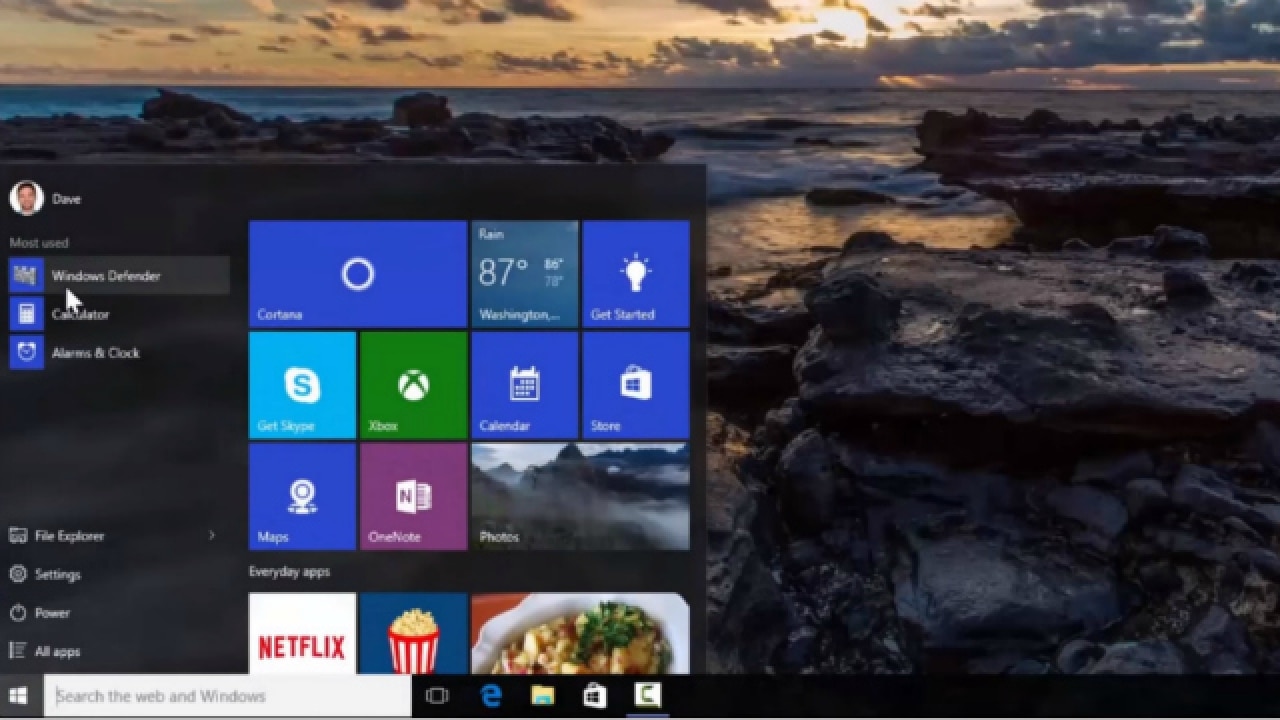
When 2FA options first arrived, many thought online vulnerability would finally end in the tech world. If you're using sync and backup (like many of the apps below), you probably won't have to scan a QR code during setup on another device. You only have to scan the QR code once on a device. That code is valid as the second form of identification for just a few seconds before the authentication app refreshes it. Once you do, the authentication app gets to work by issuing an ever-changing unique code. Without fail, one of the easiest ways to begin using 2FA is by using your smartphone's camera and scanning a QR code provided by the company or website. Apart from generating codes, it can also show a push notification on the user's device along with options to Approve or Deny the log-in request.Why you can trust TechRadar Our expert reviewers spend hours testing and comparing products and services so you can choose the best for you. Although,this feature is not working at the moment.īut the good thing is that the app can be used for two-factor authentication as it can generate temporary codes for you to use while signing into your Microsoft account or any other product/server where your account is linked. The app will also allow users to sign-in to their PCs running Windows 10 Anniversary update after detecting the Bluetooth which will be needed to be synced first.

The app was in private beta for quite some time and even now, it seems to be under development as a few features are still not working.Īs the name suggests, Microsoft Authenticator will basically help Windows users to authenticate their identity while signing into Windows devices and other Microsoft services with no need of entering passwords. Microsoft Authenticator app is now available for Windows Store for anyone to download as long as their devices are running Windows 10 Mobile 'Redstone'.


 0 kommentar(er)
0 kommentar(er)
